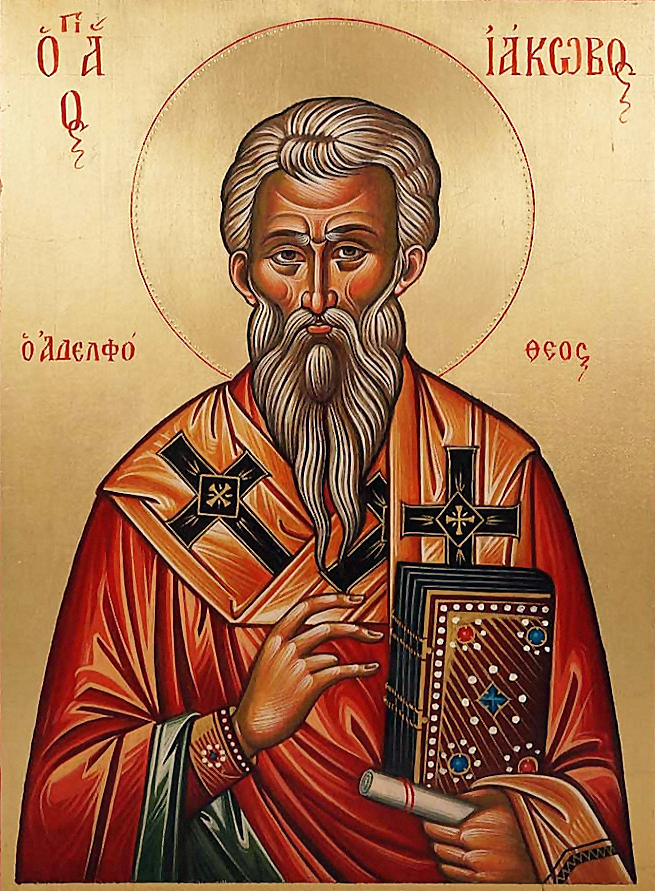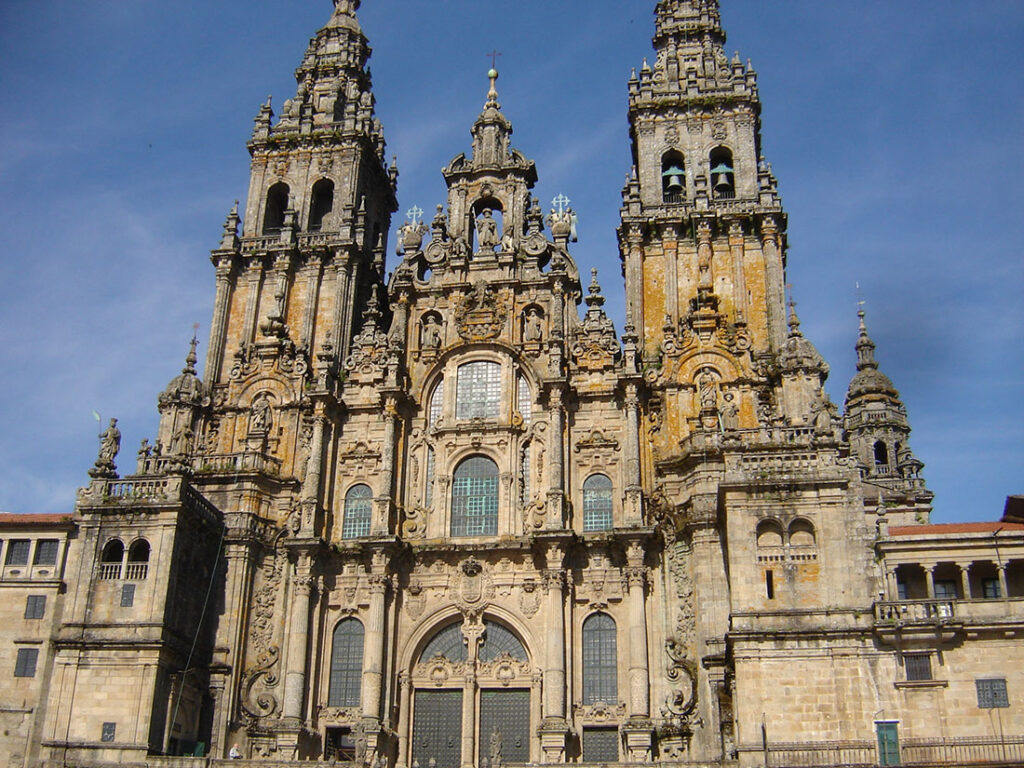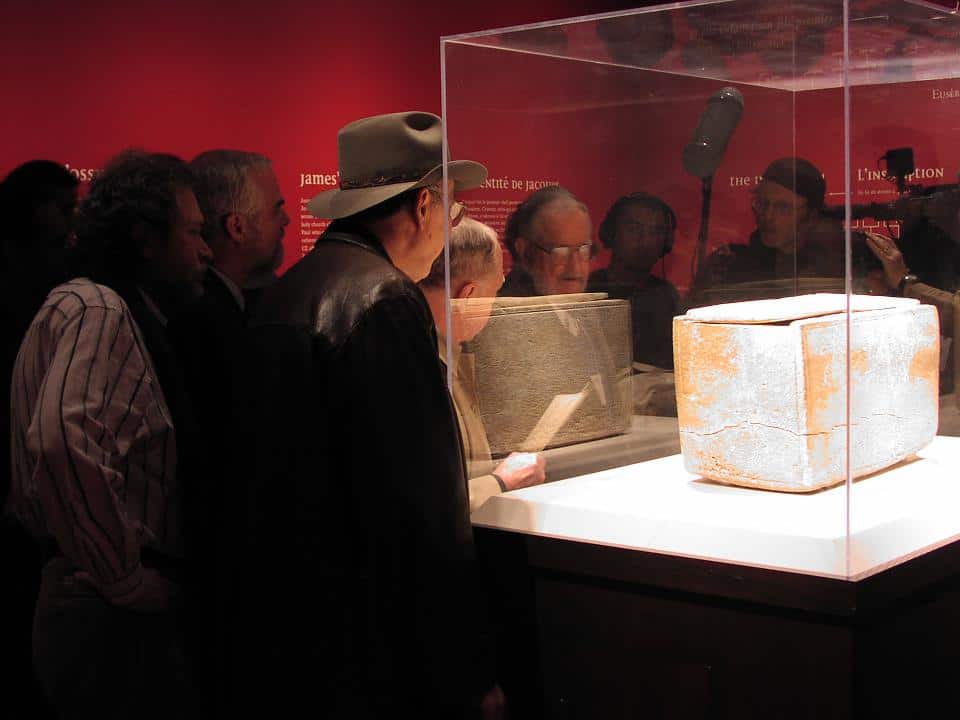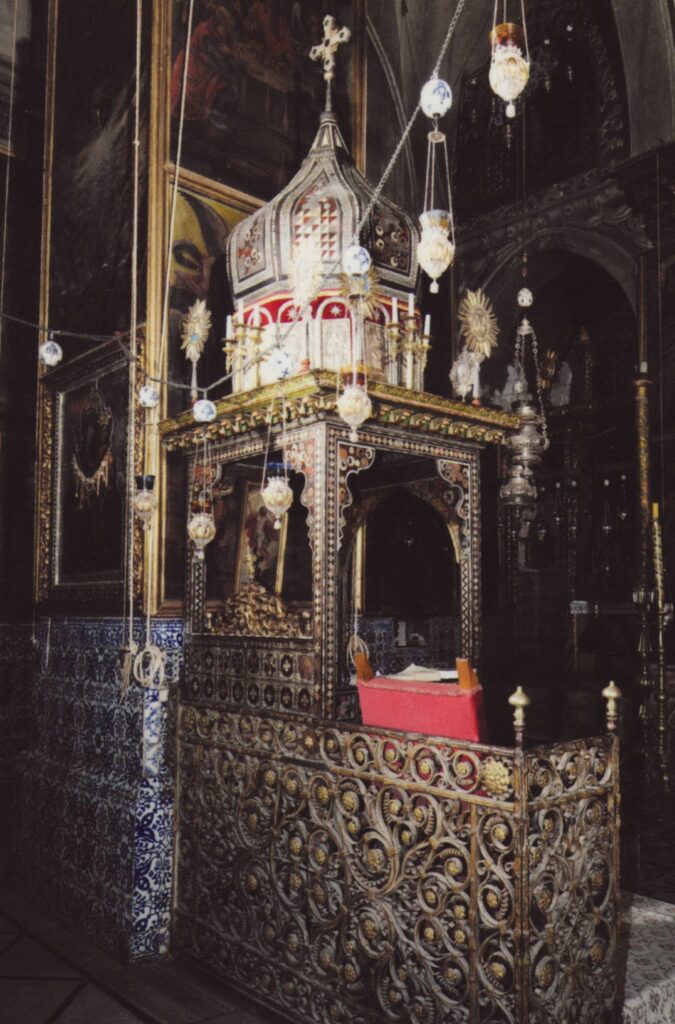The Intercepted Letter
Contents
Part One
Chapter 1 The Argument of This Book
Chapter 2 Why James Has Been Displaced and Diminished
Part Two
Chapter 3 The Letter
Part Three
James’ Place in History:
4. Historical Context: the Jewish War; the collision of Hebrew ethics, Greek logic, and Roman administration; the Jerusalem Church.
5. Biographical Context: who was James? His nicknames. Why was he airbrushed from history? Where was he buried? Where was Peter buried?
6. Monuments and Mausoleums: the Church of James in the Kidron Valley; the grand cathedrals of east and west; the Camino; the throne of James.
7. Where is he now? The James Ossuary Box and its bones: the archaeological discoveries of 1952, 1962, 1980, 1997 and 2002.
8. Literary Context: dating and authorship; the gospels; the letters of Paul; the Gnostic Gospels.
9. James Concealed in Art. The Guild of Artists of Florence. A) Leonardo’s Last Supper / Virgin of the Rocks; B) Botticelli, Adoration of the Magi; C) Poussin, Ordination 1647.
Images of James

James the Just 
The International Emblem of James, the scallop shell 
The Camino of St James (Santiago) 
The Great Cathedral of James, Galicia, Spain (Roman Catholic) 
The Great Cathedral of James, Jerusalem, Armenian Quarter, (Orthodox) 
James Burial in the Kidron Valley, Jerusalem 
James Ossuary Box, found in 1980, Royal Ontario Museum, Canada, Exhibit 2002 
The Throne of James. Medieval copy in the Armenian Cathedral of Jerusalem 
The Throne of James in the Cathedral of Santiago in Galicia, Spain
This is not a new translation of James. It is based on the translation from the Greek of the École Biblique, Jerusalem, under Roland de Vaux. It was originally published in the Jerusalem Bible (1966) with the imprimateur of the Latin Church.
Here we take the bold step to delete a doctrinal interpolation – retained by de Vaux and others to comply with orthodoxy: in this inserted phrase James describes himself as the servant of God and of the Lord Jesus Christ (θεοῦ καὶ κυρίου Ἰησοῦ Χριστοῦ δοῦλος) which formula and theology was invented long after the death of James in 62CE. This scribal intervention converts a Hebrew OT scripture to a pseudo-letter like those of Paul, Peter etc, for awkward inclusion in the NT.
The Letter is addressed to Jews but used by Christians, the first anomaly, which is easily resolved: the first Christians were Jews. Paul’s gentile communities split away only after the death of James and as a direct consequence.
Theologians pass to the next generation the assumption that the author could not have been the brother of Jesus because both were raised in poverty in Galilee, a rural and rebellious outpost where no Jew spoke or reasoned in the eloquent Greek we find in the Letter, arguably the most refined and literary in the NT. Despite this, scholars are bewildered and divided over all aspects of James.
Preparing for this translation and commentary I gathered biographical data on James along with the historical context and his known character and beliefs. I found a perfect match. Unlike Jesus who is complex – he challenges listeners to provide answers – James is direct, consistent, and always recognisable. In his own time he was well-known by many names. James the Just, the Brother, the Protector of the People, the “Small One” (ha’katan, I suspect this nickname was a joke!). He has a strong personality and was respected even by his foes, despite or because he practised what he preached. But was he fluent in Greek and familiar with the Hebrew Bible in Greek from which he quotes.
Even in remote places Jews formed study groups and developed intellect based on a fluent grasp of the Scriptures. Moreover, I believe Joseph was a wealthy man, a tekton (not a carpenter) and an aristocrat of Davidic descent. We know that the family spent time in Alexandria, Egypt, which was a centre of Jewish learning. We know that James and Jesus were well-educated.
In addition to the context and identity we have the internal evidence of the author as “our James.” Simply put, here the Jesus sayings are more powerful, pithy and poetic than Matthew, Mark, Luke and John. They are more authentic and apparently earlier, relying less on fading memories and decline by word of mouth. Here the Jesus sayings reflect the Aramaic sub-structure with humour, alliteration, and clarity.
And yet James’ letter in Greek in the NT has been misfiled and misunderstood. Why?
We learn from Acts of the Apostles that Paul joined the Mother Church of Jerusalem, claiming to be a Pharisee and Jew but soon collided with James the head of the Church. The main aim of this book is to clarify a Christian’s choice of following one or the other.
Paul was a Roman citizen who preached imperial religion and authority. Thus his hybrid creed was favoured by Constantine over the pure faith of James and Jesus which was soon forgotten. Paul (in his letters) astoundingly advocates the suspension of the Law of Moses and declares it as God’s will that believers obey the civil authorities. Paul also extracted from James the convenient dispensation for his followers of the difficulties of circumcision and strict adherence to various laws.
No wonder that in defining the creed of the imperial or Catholic Church, Constantine opted for the charismatic cult of Paul rather than the pure faith of James and Jesus.
If you now see that you have a choice, you may compare the credentials of James and Paul.
Paul boasted that he never met Jesus and never consulted the apostles instead relying on his visions as reliable guidance from the spirit. He was not surprisingly feared, hated and despised, even attacked physically for his charismatic teaching. But it did not bother Paul the persuader. He even admitted his duplicity by saying that to the Jews he would be a Jew or take on any identity to gain the confidence of his listeners. In contrast, James was naively honest, consistent, and taught traditional values.
Cryptex Publishing thus offers Christians the opportunity at this late stage to choose between the 4th century Creed of Constantine (the orthodox view in all its shades and schisms) or the faith of James and Jesus, until now obscured by the modification and misfiling of a most precious document.